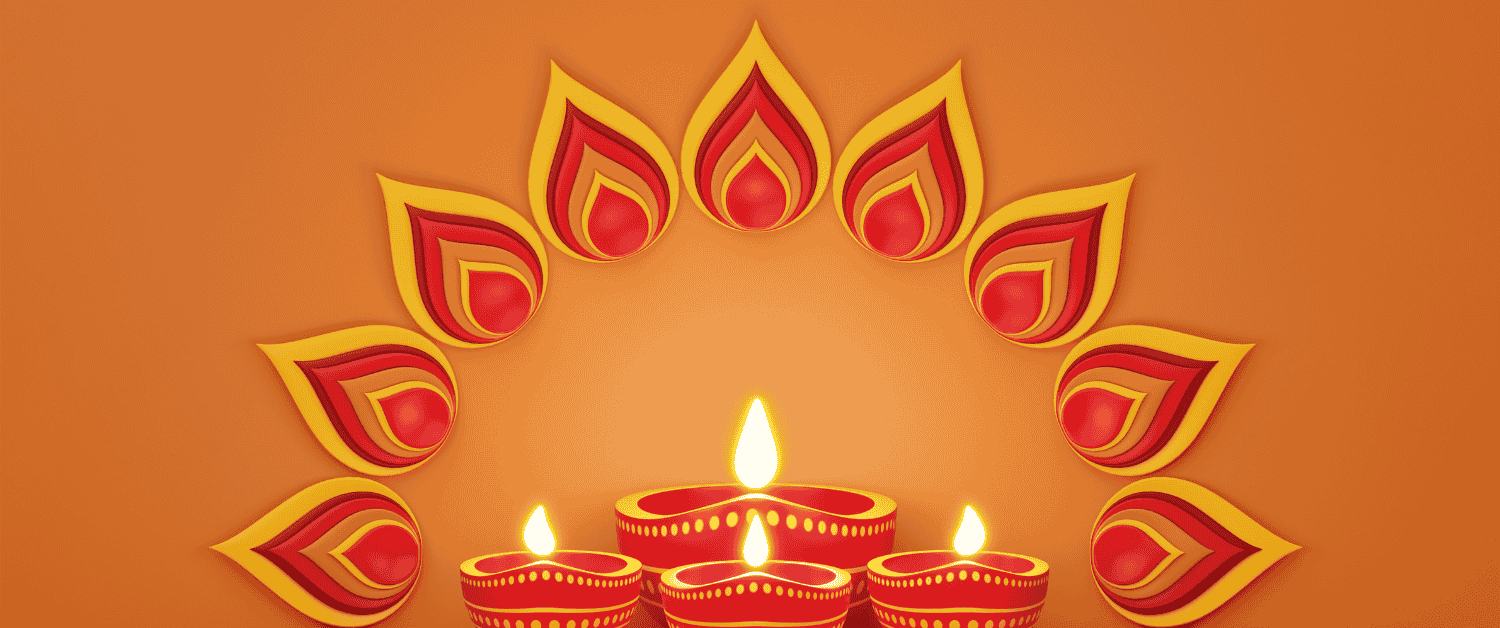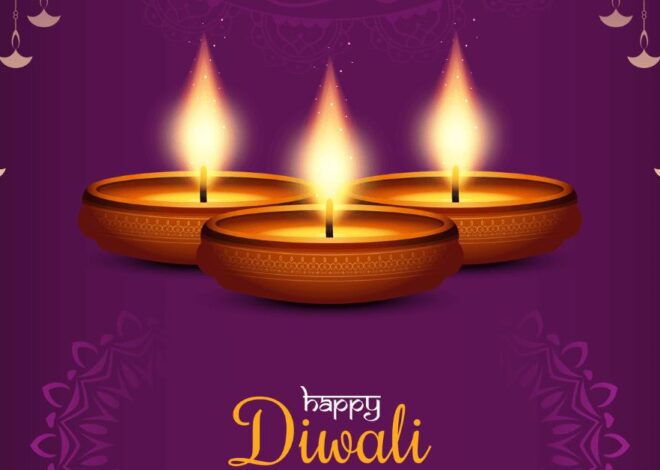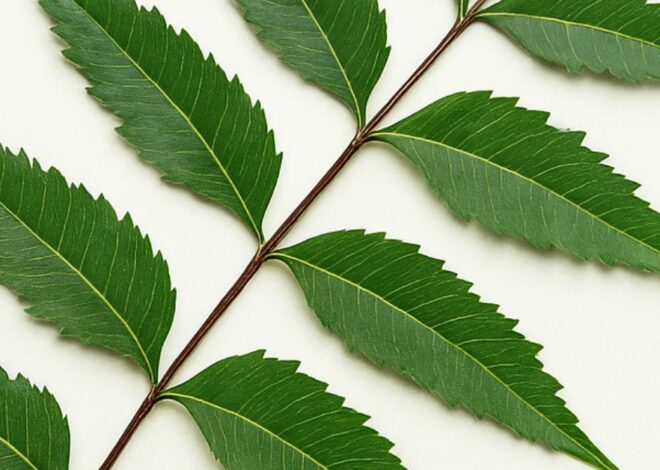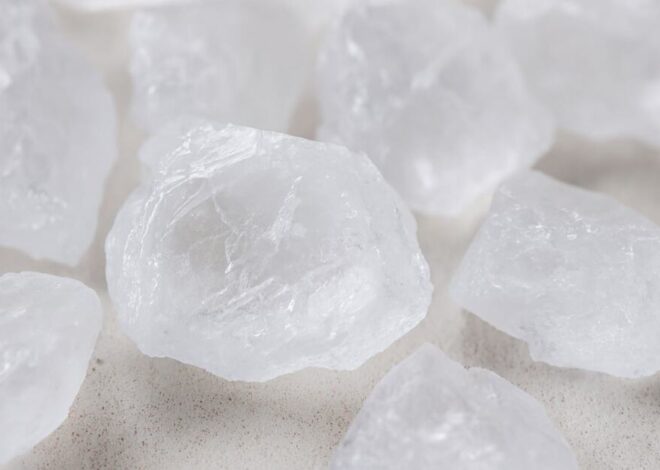
Post-Diwali Wisdom: Eco-Friendly Ways to Dispose or Reuse Diyas
Diwali, the Festival of Lights, is a radiant celebration that transcends borders. From the narrow lanes of Indian towns to the skyscrapers of New York and London, the warm glow of diyas (earthen lamps) illuminates homes, hearts, and hopes. But once the festivities fade, a practical question arises: What should we do with all those diyas?
Let’s explore the cultural significance of diyas, their global presence, and the most eco-conscious ways to reuse or dispose them.
The Diwali Vibe: Why We Light Diyas
Diwali, the festival of lights, is deeply rooted in symbolism and spirituality. Lighting diyas during this time is more than just tradition. It is a powerful gesture that signifies the victory of light over darkness, good over evil, and knowledge over ignorance. These small earthen lamps carry immense meaning, illuminating homes and hearts with hope and positivity.
Mythologically, diyas are linked to the Ramayana, where the people of Ayodhya lit thousands of lamps to celebrate the return of Lord Rama, Sita, and Lakshman after 14 years of exile. This act of lighting diyas is seen as a way to honor their homecoming and invoke divine blessings.
Spiritually, diyas play a central role in Lakshmi Puja, where they are lit to welcome the goddess of wealth and prosperity, and to dispel negative energies from the household. Today, the glow of diyas transcends borders. Indian communities across the globe light them in balconies, gardens, and temples, creating a warmth of culture and unity. Whether in a bustling city or a quiet village, the diya remains a timeless symbol of warmth, devotion, and celebration.
Post-Diwali Reality: What to do with used Diyas?
After the sparkle settles, you are left with dozens of soot-covered, oil-stained diyas. Tossing them out feels wasteful, but storing them improperly can lead to mold or unpleasant smells. Here’s how to handle them with care and creativity.
For the Creative Soul: Reuse Diyas for DIY Art
If you enjoy crafting or are looking for a creative way to engage children post-Diwali, repurposing diyas into decorative art can be both fun and meaningful. These humble earthen lamps, once cleaned and dried, offer endless possibilities for DIY projects. You can paint them with vibrant acrylic colors and turn them into charming tealight holders that brighten up any corner of your home. For a festive touch next year, string them together into garlands and hang them across doorways or balconies. Diyas also make adorable mini planters, perfect for growing succulents, herbs, or even small flowering plants. Their earthy texture adds a rustic charm to indoor gardens. If you are into wall decor, arrange painted diyas into patterns to create unique wall art, or use them to frame your rangoli designs during other festivals. These projects not only reduce waste but also preserve the spirit of Diwali throughout the year, making your home a canvas of tradition and creativity.
How to Clean and Store Diyas
Storing diyas the right way is extremely important if you plan to reuse them for DIY crafts. Improper storage can lead to moisture buildup, mold, or a pungent smell that ruins their texture and appeal. A little care now ensures your creative projects stay fresh and vibrant in the future.
-
- Soak in Warm Water: Add a pinch of baking soda and soak for 30 minutes to loosen oil and soot.
- Scrub Gently: Use an old toothbrush or soft scrubber to clean the surface.
- Sun-Dry Thoroughly: Ensure they are completely dry to prevent moisture buildup.
- Store Smartly: Wrap each diya in newspaper or cloth to absorb residual oil.
- Place in an airtight container with a few cloves or silica gel sachets to prevent odor.
- Label the box and store it in a dry, ventilated area.
For the Busy Bee: Eco-Friendly Disposal Options
If you are short on time or not into crafts, here are sustainable ways to dispose of diyas:
-
- Compost or Garden Use: Clay diyas are biodegradable. Crush and mix them into your garden soil; they improve aeration and drainage.
- Donate to Local Potters or Artisans: Many potters reuse broken diyas to make new ones. Check with local kumhars or pottery workshops.
- Temple Collection Drives: Some temples or communities collect used diyas for repurposing or respectful disposal.
- Avoid Plastic or Painted Diyas: If you’ve used decorative diyas with synthetic paints or glitter, separate them from clay ones. These should not go into compost; dispose them responsibly in dry waste.
Final Thought: Light With Purpose, Dispose with Grace
Diwali is not just about lighting lamps; it is about illuminating our choices. By reusing or responsibly disposing of diyas, we honour the spirit of the festival and contribute to a cleaner, greener planet.
Whether you are a DIY enthusiast or a practical minimalist, let your post-Diwali actions reflect the same mindfulness that lit your home during the celebrations.




Great insights!! thanks for sharing